Advertisement
The idea of farmers sitting miles away while machines till their fields might have sounded far-fetched not long ago. Yet today, self-driving tractors supervised remotely are showing that technology can merge with farming without erasing the farmer's role. These machines don't replace farmers but change where and how they work.
By blending automation and oversight, self-driving tractors enable farmers to cover more ground, save time, and manage resources more effectively without being stuck behind the wheel. This shift provides a closer look at how AI farming is shaping the future of agriculture, both practically and thoughtfully.
Self-driving tractors work through a mix of GPS guidance, machine vision, sensors, and AI algorithms. Unlike traditional tractors that rely entirely on the operator’s judgment, these machines can steer, accelerate, stop, and even make basic decisions about turning and avoiding obstacles. They follow programmed paths and adapt slightly to changes in terrain or conditions.
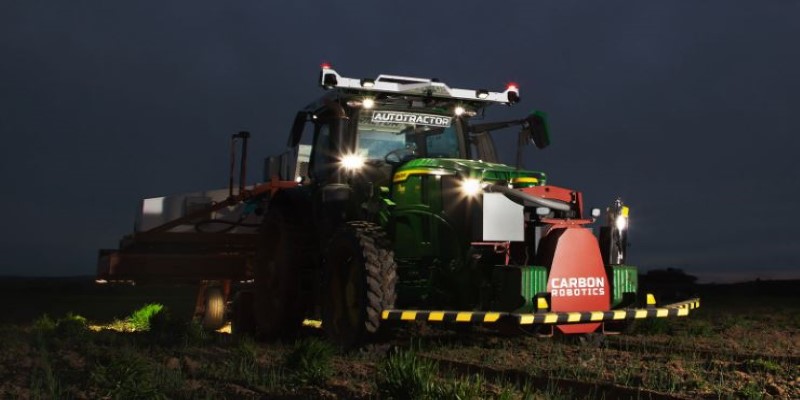
The difference with these models is that they are not left entirely to run on their own. They are supervised remotely through connected systems. A farmer or operator can log in from a computer or mobile device, monitor live data, and intervene when necessary. Cameras, telemetry, and alerts ensure that the person in charge is always aware of what the tractor is doing. This removes the need for constant physical presence while still keeping human eyes on the operation. Remote supervision also makes it easier to oversee several machines working at once, something impossible when driving each one manually.
The main keyword, self-driving tractors, reflects not just autonomy but partnership between machine and human. Farmers retain decision-making authority but no longer have to perform every action themselves. This shift changes their role from driver to manager.
Remote-supervised self-driving tractors offer numerous advantages for farmers facing rising costs and shrinking labor availability. One of the most immediate benefits is the time saved. Operating machinery for hours can be exhausting, especially during planting or harvest season. Farmers can now set up their machines, monitor progress remotely, and use the saved time for planning, checking other parts of their farm, or resting.
Fuel and maintenance costs also improve. Since the tractors follow precise GPS-guided paths, they avoid overlapping rows and minimize wasted motion. This makes tilling, seeding, or spraying more efficient, saving fuel over time. Less overlap and more controlled paths also mean less soil compaction, which can lead to improved long-term soil health.
Labor shortages in agriculture have been growing worldwide. Younger generations are less interested in farming as a career, and seasonal workers are harder to find in some regions. AI farming through self-driving tractors addresses this by requiring fewer people to handle large areas of land. A single person can manage several tractors from one location, keeping operations moving even when workers are scarce.
Remote supervision ensures the machines can handle unexpected events better than fully autonomous systems. If a tractor encounters an obstacle or a system error, the supervisor can take over quickly, minimizing downtime. This balance between autonomy and oversight makes the technology more practical for real-world farms than systems that rely on either full automation or full manual labor.
Although self-driving tractors, supervised remotely, offer clear benefits, they also come with challenges. High initial costs can be a barrier, particularly for small farms. Even though prices may come down over time, outfitting a farm with this technology requires investment in the tractors, connectivity infrastructure, and often training for the farmer or operators to use the software confidently.
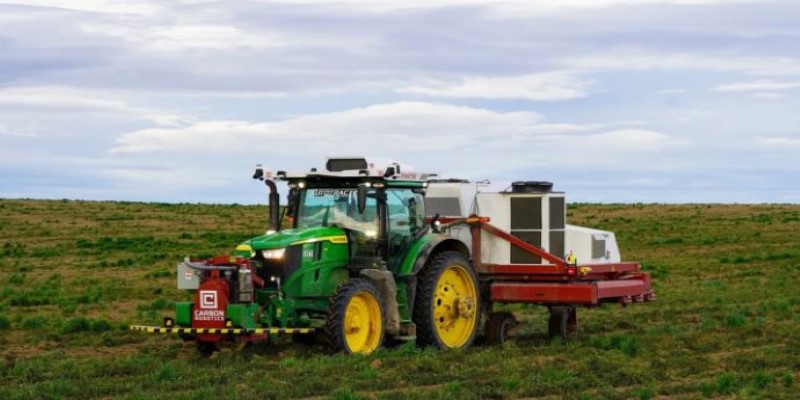
Connectivity itself is another hurdle. Reliable internet or cellular service is necessary for seamless supervision. Farms in remote or rural areas may struggle with poor connections, which could limit the effectiveness of these systems. While many companies are working to improve coverage, it remains a concern for certain regions.
Farmers also need to learn to trust the machines. Many have spent years, even decades, relying on their instincts and hands-on experience. Handing control to a self-driving system can feel risky at first. It often takes time for farmers to become comfortable with letting the tractor run and stepping into a supervisory role.
Maintenance and support also play a big part. These machines are more complex than traditional tractors, with more sensors, cameras, and software that need regular updates and troubleshooting. Ensuring that repairs and technical support are available locally can influence whether farmers feel confident adopting them.
Self-driving tractors supervised remotely are more than just a passing trend. They are becoming part of a broader move toward AI farming, where data and automation help farmers produce more with fewer resources. As technology improves, costs are likely to fall, and interfaces will become simpler, making adoption easier for smaller farms.
AI farming benefits from the blend of precision and flexibility these tractors offer. They allow fine-tuned planting and harvesting schedules, minimize waste, and adapt to the natural variability of the land. Farmers remain decision-makers but can let machines handle repetitive, physically demanding tasks. Remote supervision provides a safety net, ensuring nothing goes completely off track without notice.
Some companies are already testing fully autonomous systems without supervision, but most farmers remain cautious about removing human oversight entirely. For now, the middle ground offered by remote-supervised self-driving tractors feels like a sensible step. Farmers can apply their judgment and experience to make better use of their time and energy.
As connectivity improves and more farms adopt these systems, a new way of working the land is emerging—one less tied to the tractor seat yet still deeply connected to the soil. Integrating technology with traditional farming practices can help agriculture stay sustainable and productive for generations.
Self-driving tractors, supervised remotely, are changing farming by shifting farmers from long hours of driving to managing operations efficiently from a distance. This blend of automation and human oversight suits modern agriculture's need for flexibility and productivity. By merging AI farming tools with farmers' judgment, it creates a practical approach that honors tradition while adopting innovation. The land may appear changed, but the farmer's role stays central, just from a broader perspective.
Advertisement

Need to update your database structure? Learn how to add a column in SQL using the ALTER TABLE command, with examples, constraints, and best practices explained
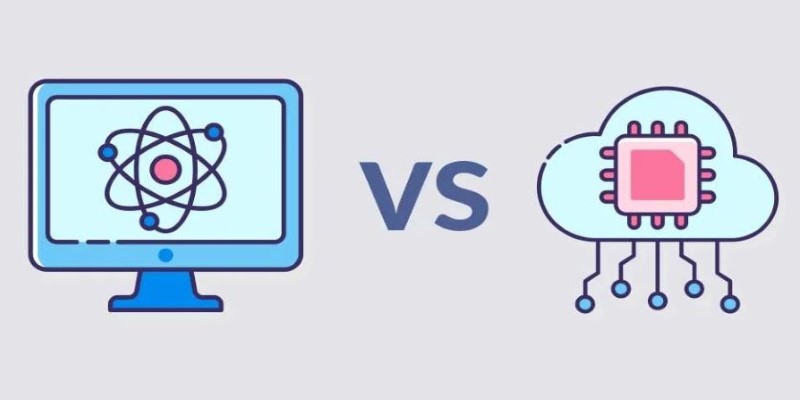
Confused between Data Science vs. Computer Science? Discover the real differences, skills required, and career opportunities in both fields with this comprehensive guide
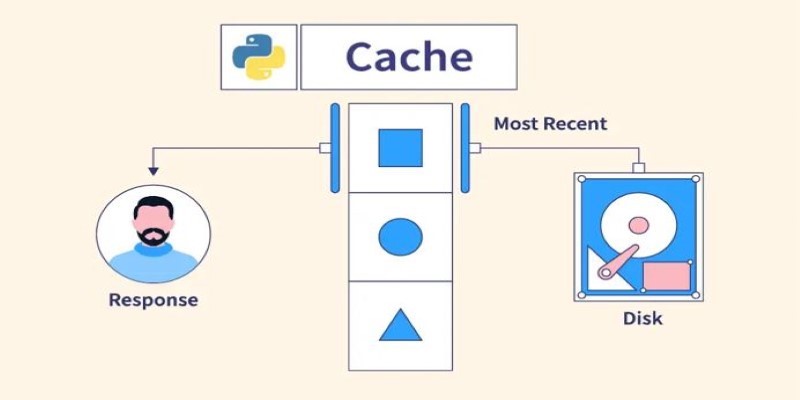
Understand what Python Caching is and how it helps improve performance in Python applications. Learn efficient techniques to avoid redundant computation and make your code run faster
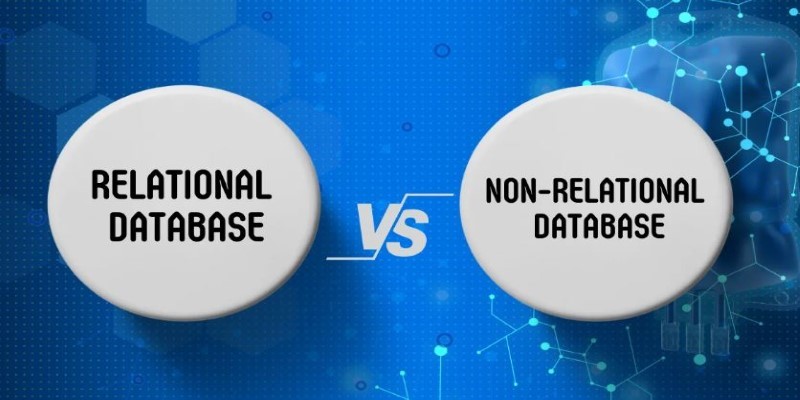
Understand the Difference Between Non Relational Database and Relational Database through clear comparisons of structure, performance, and scalability. Find out which is better for your data needs

Gemma Scope is Google’s groundbreaking microscope for peering into AI’s thought process, helping decode complex models with unprecedented transparency and insight for developers and researchers
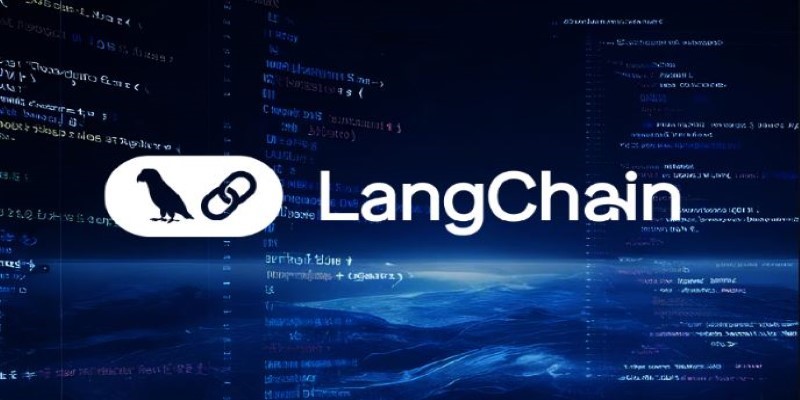
How to compute vector embeddings with LangChain and store them efficiently using FAISS or Chroma. This guide walks you through embedding generation, storage, and retrieval—all in a simplified workflow
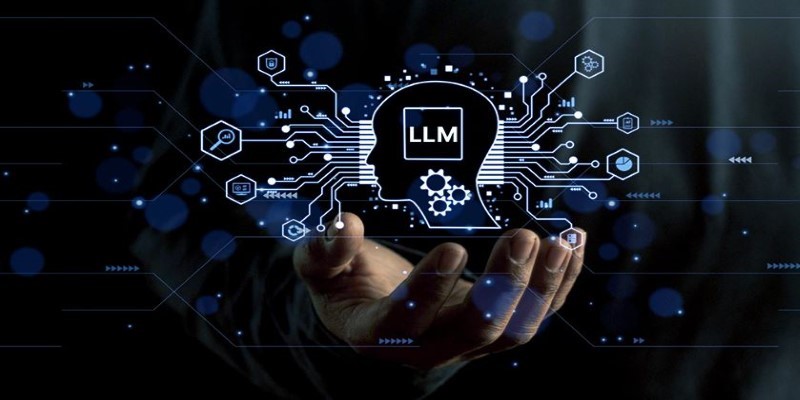
Uncover the best Top 6 LLMs for Coding that are transforming software development in 2025. Discover how these AI tools help developers write faster, cleaner, and smarter code

Learn Apache Storm fundamentals with this detailed guide covering architecture, key concepts, and real-world use cases. Perfect for mastering real-time stream processing at scale
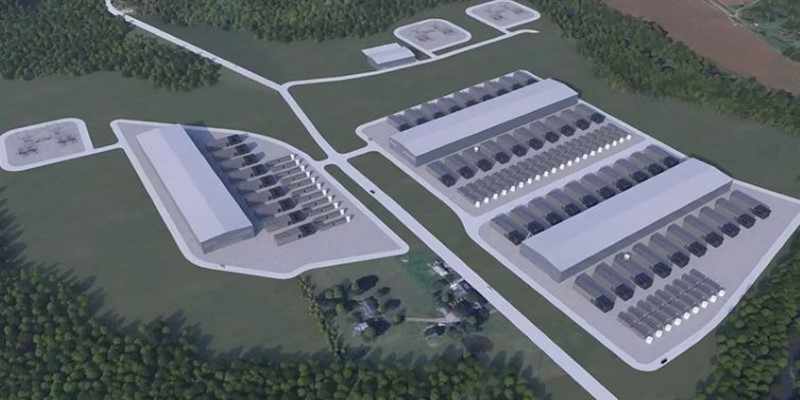
A former Pennsylvania coal plant is being redeveloped into an artificial intelligence data center, blending industrial heritage with modern technology to support advanced computing and machine learning models
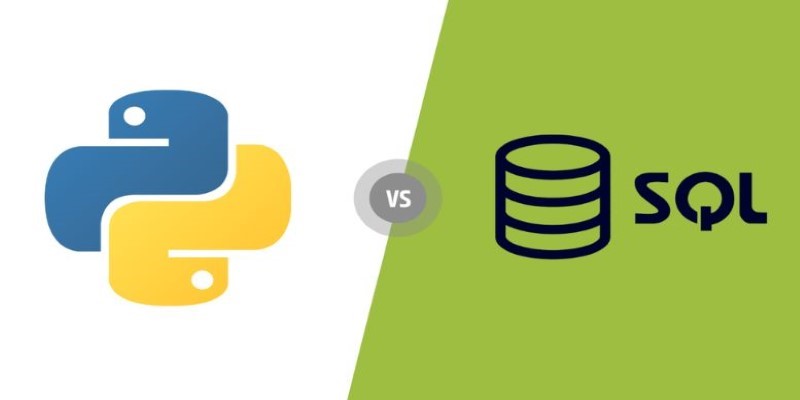
Find out the key differences between SQL and Python to help you choose the best language for your data projects. Learn their strengths, use cases, and how they work together effectively
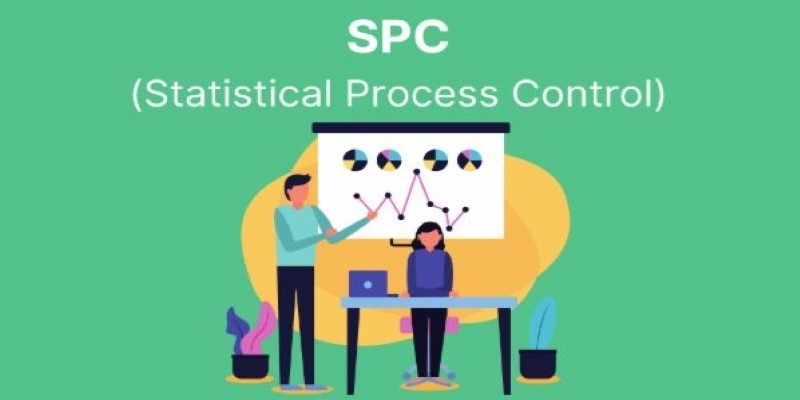
Statistical Process Control (SPC) Charts help businesses monitor, manage, and improve process quality with real-time data insights. Learn their types, benefits, and practical applications across industries
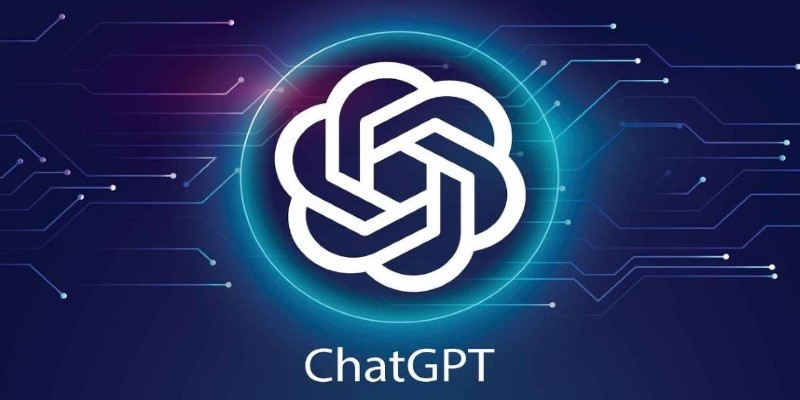
Understand the real-world coding tasks ChatGPT can’t do. From debugging to architecture, explore the AI limitations in programming that still require human insight